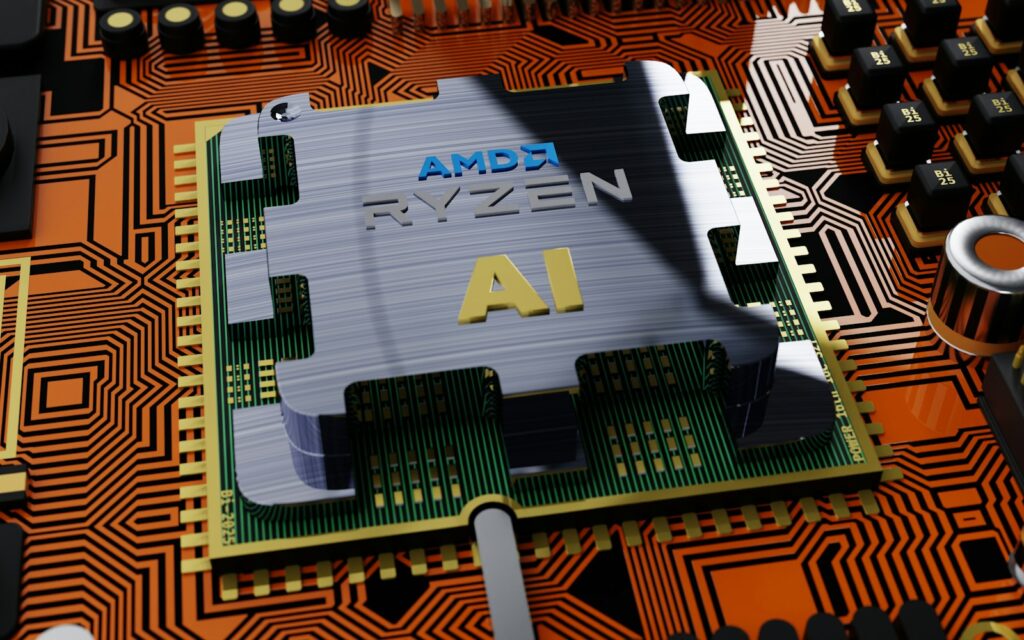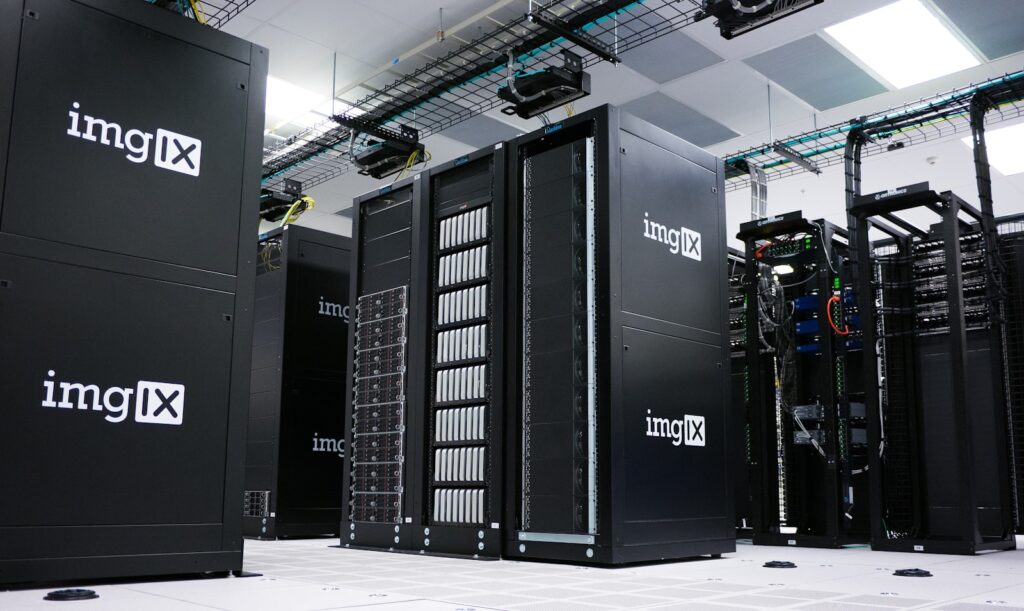Everything from file storage to websites, relies on good technology infrastructure. But traditional systems are no longer sufficient. That’s why more organizations are embracing Hybrid Computing to deliver an intelligent, agile, and high-performance future.
Enterprise infrastructure is just the technical infrastructure that supports an enterprise. It encompasses computers, servers, cloud storage, networks, and security measures.
“Historically, most businesses would keep everything under one roof — either on-premises or in the cloud.” But in 2025, the most forward-thinking businesses are doing both. That’s the goal of Hybrid Computing.
With hybrid models, businesses use a combination of their own infrastructure and cloud services. This combination gives them more control, more speed, and more room to grow. As customer demands evolve and markets fluctuate, hybrid systems enable companies to be prepared for anything.
It’s not just a trend — it’s the future of the enterprise, he said.
So let’s go deeper on why Hybrid Computing is more important than ever before.
What Is Hybrid Computing and How Does It Work?
At its simplest, Hybrid Computing is just using your local systems (your own on-premise servers) and cloud services at the same time. Instead of having to choose one or the other, organizations get to take the best of both.
Here’s a simple way to think about it:
- Your local servers are like your home kitchen. You have control over everything, but your space and tools are limited.
- The cloud is a professional catering service — quick, flexible, and ready when you need a little extra assistance.
- With Hybrid systems, you have the best of both. You cook at home when you can, and get a little help when you’re overwhelmed.
This offers big benefits:
- Speed and power: Local systems can execute daily tasks rapidly.
- Flexibility: Cloud systems can accommodate large data volume or sudden upticks in demand.
- Security and control: In-house sensitive data can remain.
- Cost savings: Organizations pay only for additional cloud services when they need them.
In a Hybrid Computing world, tasks can be juggled around with ease by businesses. For example, a bank might store customer data on its own servers for safety but use cloud tools to run mobile apps. A retail brand might have product photos stored in the cloud but use local servers to process payments.
It’s the smart way to run modern tech — and it’s becoming the standard for enterprise infrastructure.
Why Hybrid Computing Is Growing Fast in 2025
The transition to Hybrid Computing isn’t occurring at random. There are obvious reasons why it is becoming more popular with businesses.
- The rise of remote work
In recent years, more people are living and working in different parts of the world. They need systems that employees can access from any location. Hybrid models make that easy. - Faster digital growth
Firms are building apps, tools and services at a breakneck pace. They need to be able to adapt, and for that, they need flexible systems. Hybrid computing allows teams to scale up quickly without building from the ground up. - Cybersecurity concerns
Some information is just too sensitive to be stored in the cloud. Hybrid solutions allow businesses to keep critical data on-premise, while taking advantage of the cloud for non-sensitive workloads. - Better disaster recovery
If one system fails, the other can take over and keep the system running. This equilibrium is what makes hybrid configurations more dependable and safer in an emergency. - Smarter cost management
Why pay for more than you need? With Hybrid Computing, businesses can use their own systems first and then move to the cloud only when they need additional capacity or speed.
Real-World Examples: Hybrid Computing in Action
A healthcare provider
They store patient records on secure in-house servers. But for daily communication and appointment bookings, they rely on cloud-based systems. This contributes to keeping patient data private while still allowing services to be simple to access.
A global e-commerce brand
Their site runs in the cloud to serve millions of shoppers. But their back-end operations — inventory tracking, supplier information — remain on their own local servers. That helps them steer clear of downtime and keep costs in check.
A financial institution
They rely on local infrastructure for core banking operations. But they also rely on cloud services to handle data analytics, reporting, and customer service tools.
In all of these cases, Hybrid Computing allows the company to operate smoothly, to be safe, and to grow at a pace that’s appropriate for them.
Key Benefits of Hybrid Computing for Enterprises
So what exactly do businesses gain by using hybrid systems? Here are the top benefits:
- Flexibility: Select the optimal system for each task.
• Speed: Work faster wherever you are.
• Scalability: Scale up power or storage as you grow.
• Security: Retain control over sensitive data and intellectual property.
• Stability: Steer clear of system crashes with smart backups.
• Efficiency: Leverage your existing infrastructure and invest only in what you need.
In a world that’s changing fast, being able to pivot quickly is a big win. Hybrid Computing provides businesses the means to do just that.
What to Consider Before Moving to Hybrid Computing
Moving to a Hybrid Computing operation does not happen overnight, it requires planning and careful decisions.
Here are some important points to consider:
- What data needs to remain on-premise?
Sensitive data like customer information or proprietary business information may be more secure on local servers unless your cloud provider is better positioned to held and safeguard that data. - What is a candidate for the cloud?
Things you can do in the cloud are fashion changes to the organization of e-mail, file sharing, applications for customers. And we are also seeing most cloud services will likely work as well or better than on-premise. - How will the two systems interface?
You will need sufficient bandwidth to ensure smooth, secure communication between both local environments and the cloud functions. - Do you have the right people?
Hybrid computing requires an IT staff that understand cloud services and technologies as well as the in-house hardware and software used to manage the implementation. - What are your business objectives?
There is no ideal Hybrid Computing solution since every company is different. Each Hybrid Computing configuration should functional and complete when you have a clear understanding of where you are going with the technology.
By taking the right steps today, your transition to Hybrid Computing can be painless, inexpensive, and effective for the future.
Final Thoughts: Hybrid Computing Is the Future
Enterprise infrastructure is being revolutionized. Businesses want fast, secure, scalable systems. They don’t want to be locked into one style. That’s why Hybrid Computing is taking over in 2025.
It’s the best of both worlds. Organizations retain control over their most valuable data and gain the flexibility of the cloud. They can grow without waste. They can serve customers better And they can stay ready for whatever comes next.
Whether you’re a tech leader, a small business owner, or just someone curious about the future — Hybrid Computing is something worth knowing about. It’s not just the latest buzzword. It’s how modern businesses are building smarter, stronger systems today.
Now is the time to think hybrid. Because the future of enterprise infrastructure isn’t coming — it’s already here.



